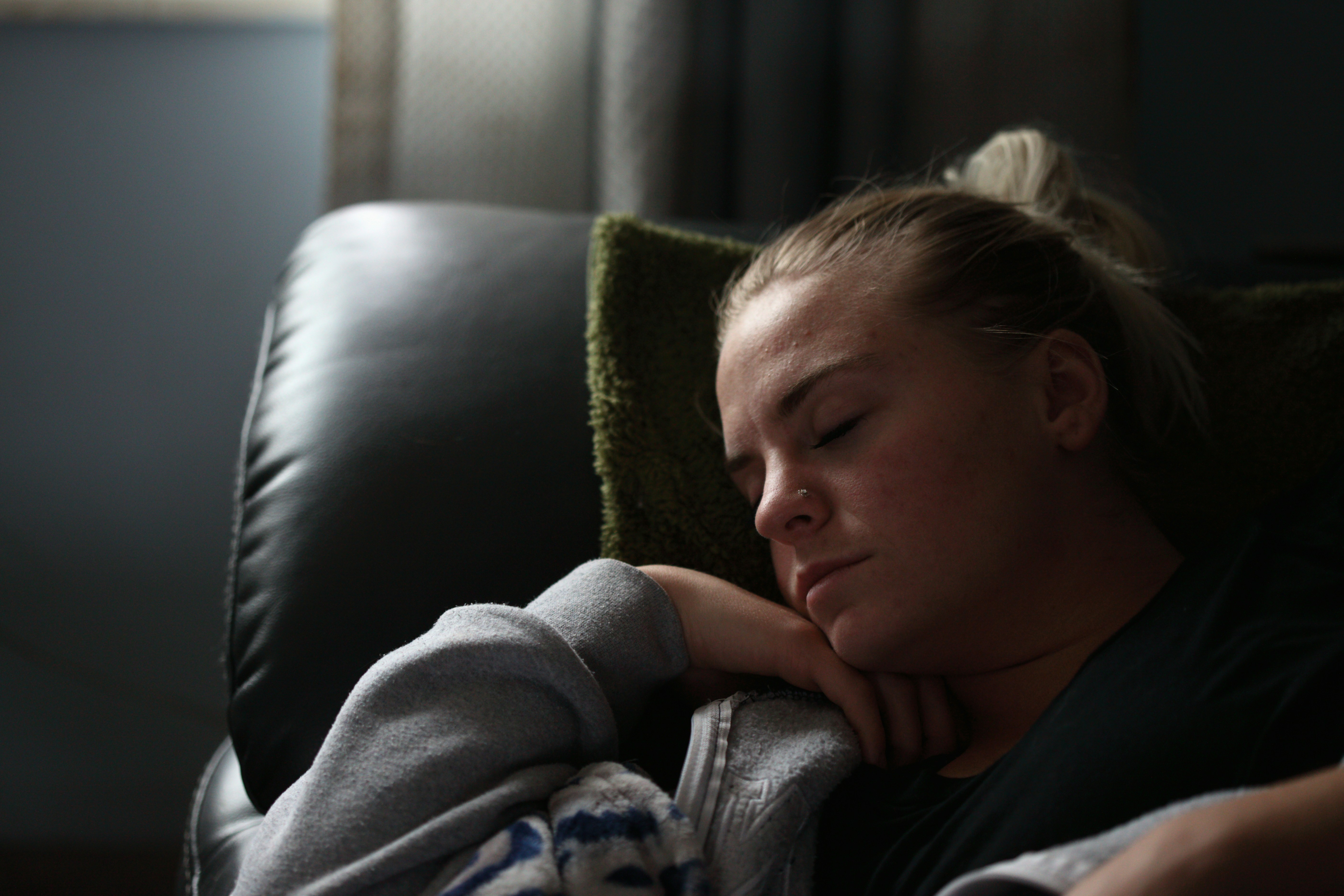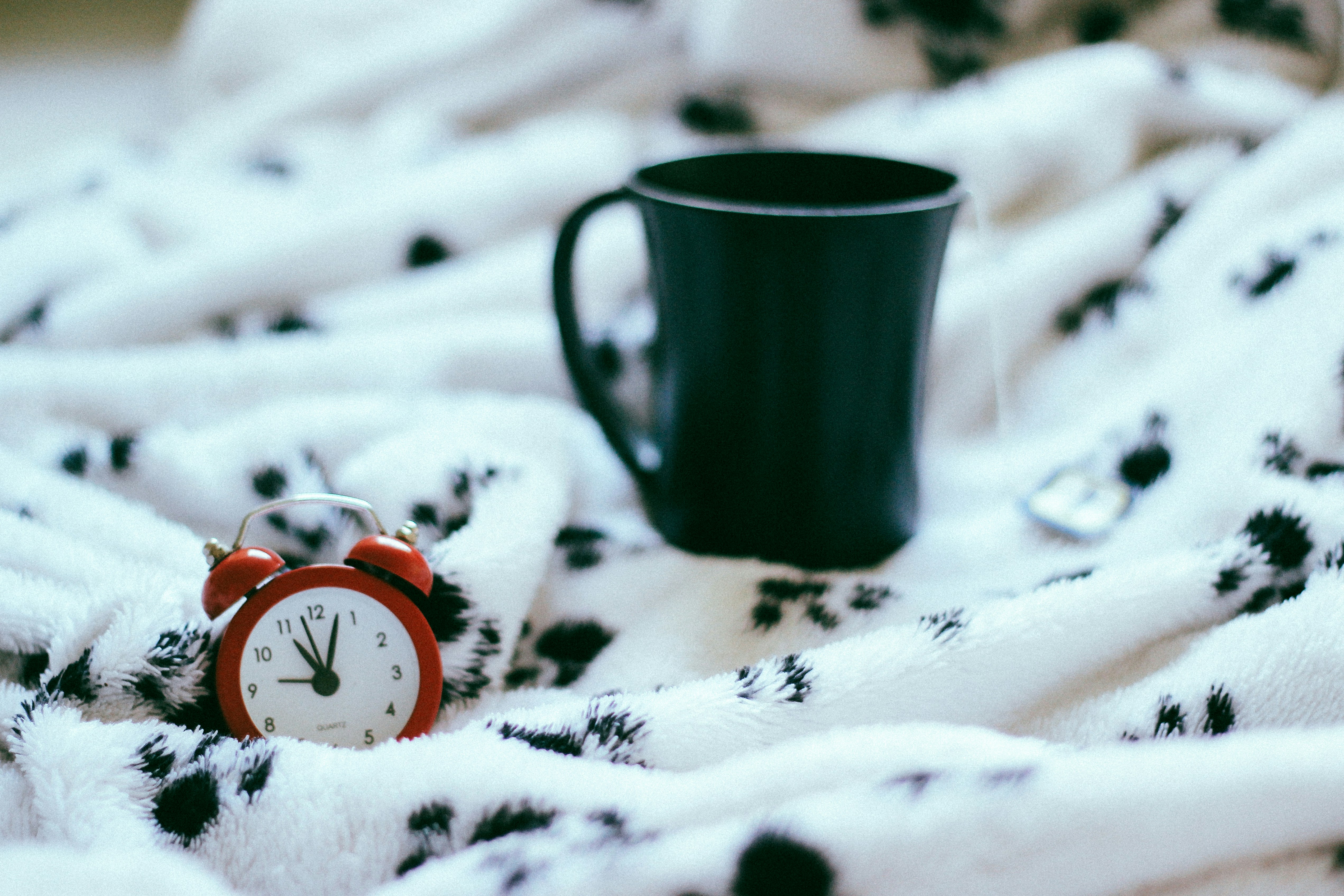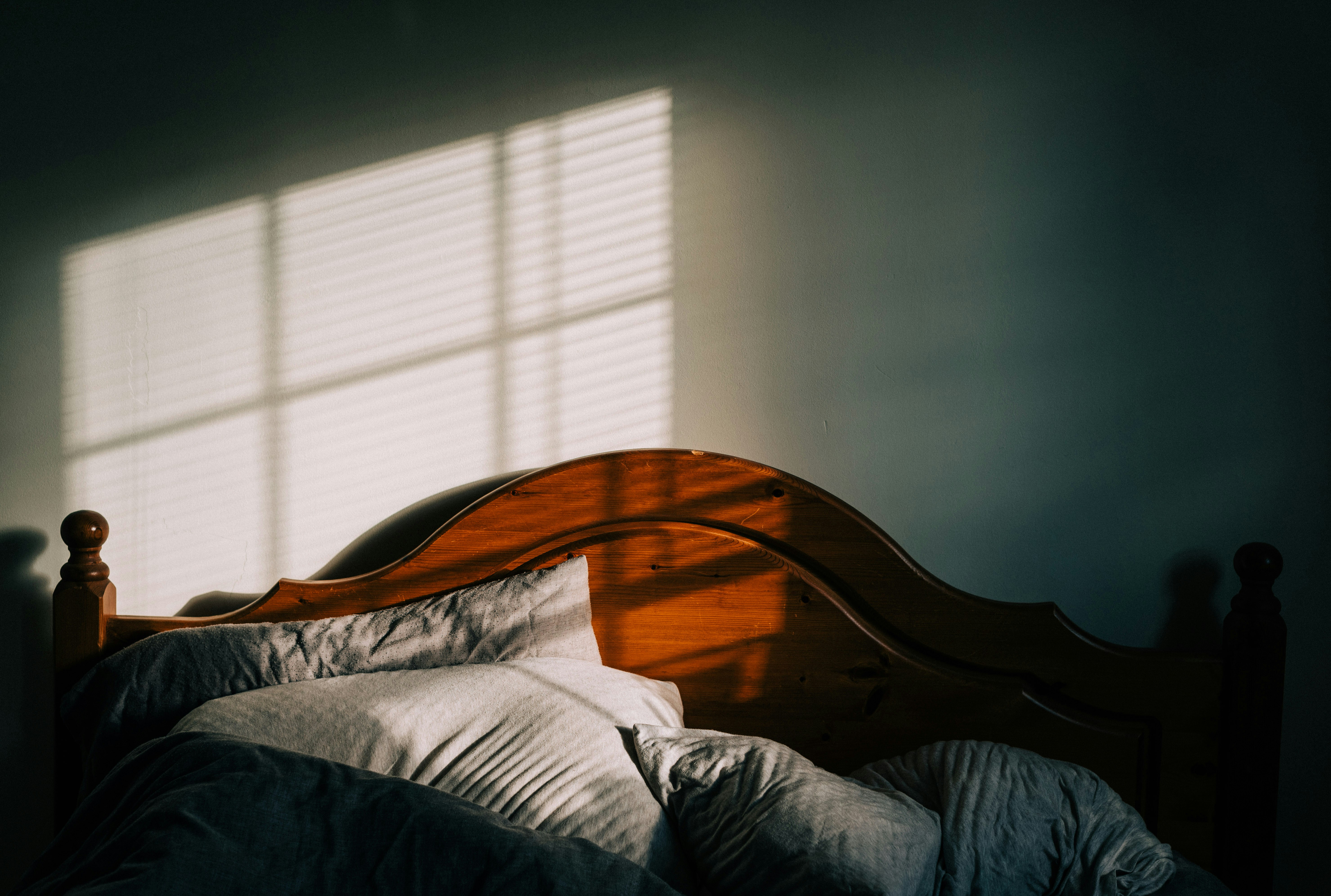The Power of Snoozing: Why Napping Should Be a National Sport 🛋️🥇

Introduction
It’s a fact: we all love naps. Don’t deny it. Whether it’s a cozy afternoon snooze or a cheeky little “nap” at work, the world can always use a little more sleep. But why is napping so glorious? Is it just the pure joy of slipping into a dream world for 30 minutes? Or is there something scientifically significant about that post-lunch nap that makes it feel like an Olympic event?
The answer is simple: naps are powerful. In fact, they’re so powerful that they should be considered a national sport . Think about it—napping involves skill, strategy, and finesse. You can’t just throw yourself into the bed and expect a gold medal. No, no. Napping requires technique. Let’s explore why we should all be treated like elite athletes in the “naplympics.”
1. The Science Behind Napping: Why It’s Good for You
Let’s start with the basics. Why should you take naps in the first place? Besides the obvious reasons (like being lazy, recharging, or avoiding work), there’s real science behind the magic of napping.
🧠 Boosts Brain Function
Naps improve memory, focus, and overall cognitive performance. A well-timed nap can help your brain consolidate information, making it easier to retain what you’ve learned and boosting your creativity. So, if you're struggling with remembering your grocery list or finding a clever caption for your Instagram, a nap might just be the answer.
💪 Restores Physical Energy
It’s not just your brain that benefits from a nap. Your body does too! Short naps (usually 10-30 minutes) can help reduce fatigue, improve alertness, and refresh your muscles. Forget a cup of coffee—take a nap instead, and you’ll wake up feeling like you’ve just had a 10-hour sleep (well, almost).
❤️ Enhances Mood
Let’s face it: sometimes we’re all a little cranky. Lack of sleep, stress, or that weird feeling of being “hangry” can all turn us into walking, talking grumpy monsters. Naps can help reset your mood, leaving you feeling happier, more relaxed, and ready to take on the world (or at least your next meeting).
2. The Best Nap Techniques: How to Nap Like a Pro
Napping isn’t as easy as it sounds. It’s an art, a strategy, a science. If you’re serious about becoming a nap champion, here are some techniques that will help you get the most out of your midday snooze.
🕑 Power Nap (10-20 Minutes)
The power nap is a short but sweet nap that lasts around 10 to 20 minutes. This is the most popular type of nap because it allows you to recharge without falling into a deep sleep. It’s great for boosting alertness and energy levels without leaving you groggy.
- Best time to nap : Mid-morning or mid-afternoon, when your energy levels are naturally dipping.
- Pro tip : Set an alarm to make sure you don’t nap for too long. You don’t want to wake up feeling like you just entered a different time zone.
⏳ The Classic Nap (30-60 Minutes)
If you have a little more time and want to dive deeper into relaxation, the classic nap lasts around 30 to 60 minutes. This nap allows you to enter deeper sleep stages, which helps with memory consolidation and cognitive function. You’ll wake up feeling like you just had a solid sleep session.
- Best time to nap : Early afternoon, right after lunch. This is when most people experience a natural drop in energy.
- Pro tip : Try to avoid napping too late in the day, as it could interfere with your nighttime sleep.
🛏️ The Full Nap (90 Minutes)
For those who are really committed to napping, the full nap lasts 90 minutes. This allows you to complete a full sleep cycle, including both deep sleep and REM sleep, which can improve creativity and problem-solving. If you’re feeling bold and have the time, this is the nap that can turn you into a nap legend.
- Best time to nap : Whenever you have the luxury of an uninterrupted hour and a half.
- Pro tip : When you wake up from a 90-minute nap, you’ll feel like a refreshed, well-rested superhero, ready to conquer anything.
3. Napping at Work: The Secret to Success
Let’s be real—if napping were officially recognized as a sport, the workplace would be the perfect venue for the “Nap Games.” So, how do you master the art of napping at work without facing the wrath of your boss?
🕶️ The Stealth Nap
You’ve got five minutes between meetings and you’re totally exhausted. What do you do? The stealth nap is the answer. Find a quiet corner or your car, sit back, close your eyes, and take a brief power nap. Keep it short and sweet, and you’ll return to your desk like you’ve just been in a spa retreat.
- Pro tip : Wear sunglasses or a hat to hide the fact that your eyes are closed. Bonus points for looking mysterious.
🛋️ The Office Chair Nap
If you don’t have access to a nap room (yet), the office chair can be your best friend. Recline your chair as far back as it goes, place your hands on your lap, and close your eyes. This will allow you to relax without completely losing control of your surroundings.
- Pro tip : Put your phone on vibrate so you don’t miss any urgent calls. If anyone walks by, just pretend you’re deeply meditating.
🏢 The Nap Room Revolution
If your workplace is progressive enough to have a designated nap room, lucky you . Some forward-thinking companies, like Google and Nike, have nap pods and sleeping spaces for employees to recharge. If you're not quite there yet, it might be time to start advocating for the nap room revolution at your office.
4. The Napping "Naplympics": How to Compete for the Gold Medal
Okay, it’s time for the fun part: imagining napping as a competitive sport. Here’s how you can prepare for the Naplympics :
🏆 The Sprint Nap
This event is all about speed. Your goal is to fall asleep as fast as possible and stay asleep for the shortest time. This is a sprint, not a marathon. The faster you fall asleep, the higher your score.
🛋️ The Endurance Nap
For this one, you’ll need stamina. The endurance nap requires you to sleep for a long period, perhaps even completing a full 90-minute sleep cycle. The more you sleep, the better your chances at gold.
🤔 The Mindful Nap
This category combines relaxation with mindfulness. Can you take a nap while staying fully aware of your surroundings? Extra points for nap-induced dreams that leave you with a deep sense of Zen. (And fewer points if you drool on your desk.)
5. Conclusion: Time to Embrace Your Inner Nap Champion
Whether you’re a casual napper or you’re aiming to become a professional snoozer, there’s no denying that naps are powerful. They help improve brain function, recharge your energy, and boost your mood. And while they might not (yet) be recognized as an official sport, they should definitely be treated as one.
So the next time someone looks at you and says, “Are you napping again?” —just smile and say, “Yes, I’m training for the Naplympics.” And maybe they’ll join you in the competition.
“Naps are like a reboot for your brain—except you don’t need to press any buttons.” — A wise napper




